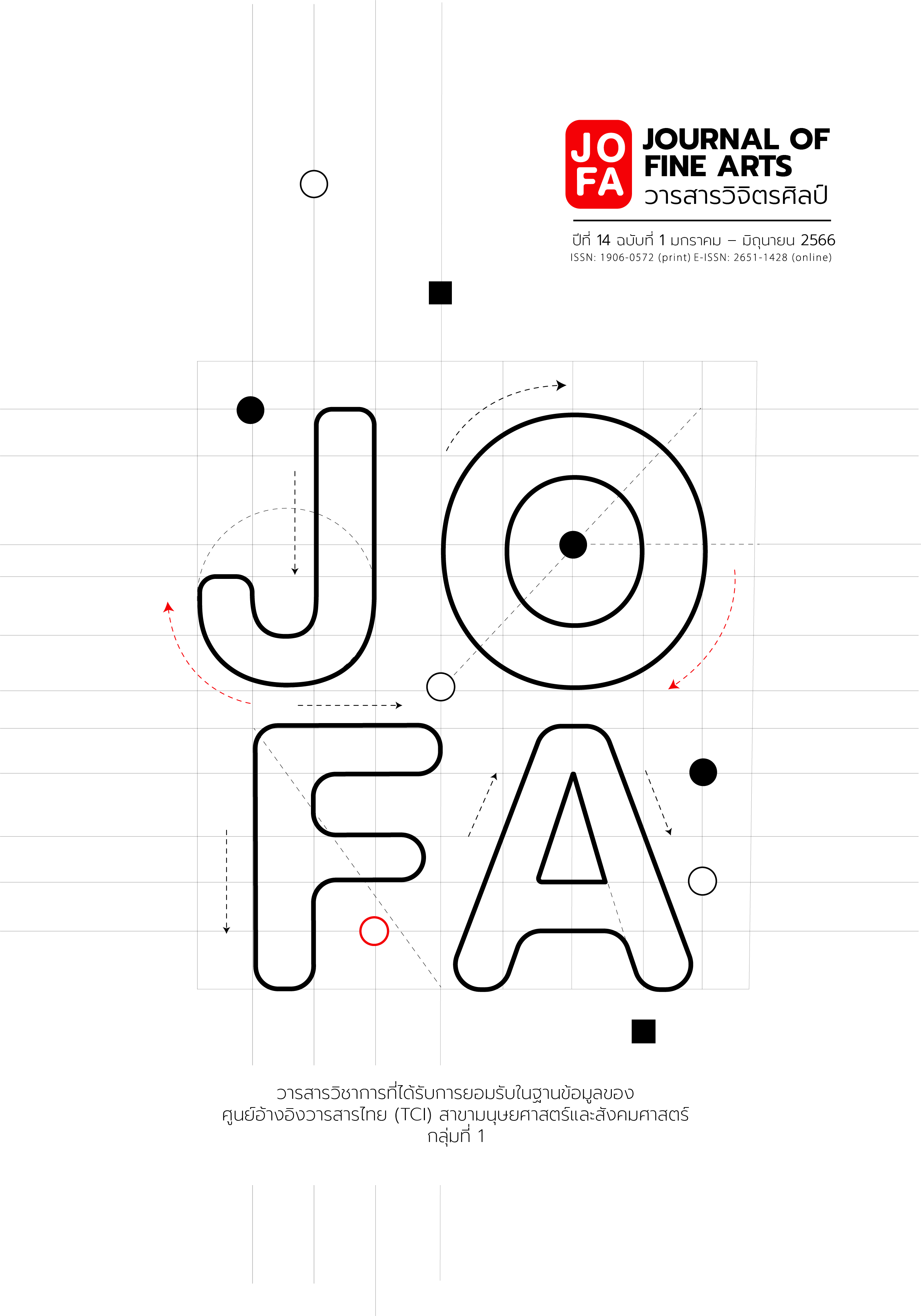The Evocative Role of Arts in Social Movements: A Digital Illustration of Visual Imageries Emblematizing Nigerian Endsars Protests
Main Article Content
Abstract
This paper enunciates the ideals that inspired the Endsars campaign movement. The paper delved into circumstances that lead to the social revolution which is aimed at ending the incessant police brutality that pervade the Nigerian nation. The importance of social change as a reflection of a dynamic society was discussed in the study. Correction of faulty and dysfunction social structures are midwifed through social actions. The paper articulates the role of arts in galvanizing and historicizing social movements across societies to construct an image of social change. Hence, digital illustration of iconic visual imageries of the of the Nigerian endsars movement were created. The research design of the study was experimental and narrative. Five (5) images were selected and transformed into digital illustration. Findings revealed that digital illustration creates a different visual rendition of the photographic images, the digital transformation does not erode the symbolic role of the visuals. Digital imageries set an evocative emotional tone for the social cause and preserve the spirit.
Article Details

This work is licensed under a Creative Commons Attribution-NonCommercial-NoDerivatives 4.0 International License.
References
Adam, J. “Art in Social Movements: Shantytown Women’s Protest in Pinochett’s Chile.” Sociological Forum 17, no. 1 (Mar 2002): 21-56. Accessed 12 June 2021. www.jstor.org/stable/685086.
Adedeji-Unuigbe, M.O. Communication effectiveness of Graphic designs and illustrations as visual tools in Adevertising in Agberia. Ed. Design History in Nigeria, Port Harcourt: Emphi, 2002.
Anele, K.A. Social Change and Social Problems in Nigeria. Port Harcourt: Springhold, 1999.
Boluwatife, A. “Art as Protest: What the Black Arts Movement can Teach Today’s Artist.” republic. Accessed on June 25, 2021. https://republic.com.ng/april-may-2019/art-as-protest/.
Aurobindo, S. The National Value of Art. Pondicherry: Sri Aurobindo Ashram Publication Department, 2005.
Brower, M. and Everett, W. “What is digital illustration.” Wisegeek. Accessed January 22, 2021. https://www.wisegeek.com/.
Brukova, B. The Entropa and the Reactions of the Union States through the Media. Plzen: Duben, 2012.
Campbell, T. “The Art of a Movement: Protest Art and The Artist as Activist.” Artland. Accessed November 10, 2020. https://magazine.artland.com/the-art-of-a-movement-protest-art/.
Canvas Network. “About This Course: Art Appreciation.” learn.canvas. Accessed October 30, 2017. https://learn.canvas.net/courses/24/pages/about-this-course.
Denisesanger. “What is Art Appreciation.” Artapprenticeonline. Accessed September 20, 2017. https://www.artapprenticeonline.com.
Desai, D. and Hamlin, J. Artists in the realm of historical methods: The sound, smell, and taste of history. In History as Art, Art as History Contemporary art and Social Studies Education. Edited by Desai, D. and Hamlin, J. New York: Routledge, 2009.
Deza, M. and Deza, E. Encyclopedia of Distances. Berlin Heidelberg: Springer-Verlag Berlin Heidelberg, 2009.
Dittmar, L. and Entin, J. “Jamming the Works: Art, Politics and Activism.” Spring, no. 93 (2012). http://radicalteacher.library.pitt.edu.
Dunfey, T. S. “What is social change and why we Should we care.” Southern new Hampshire university. Accessed October 12, 2020. https://www.snhu.edu/about-us/newsroom/2017/11/what-is-social-change.
Earl, J., and Kimport, K. Digitally enabled social change: activism in the internet age. SL: Mit, 2013.
Eckardt. “S#EndSARS. How to Support the Nigerian Movement from Afar.” wmagazine. Accessed November 19, 2020. https://www.wmagazine.com/
Eltantawy, N., and Wiest, J. B. “The Arab Spring | Social Media in the Egyptian Revolution: Reconsidering Resource Mobilization Theory.” Journal of Communication 5, (2011): 1207-1224.
Eno-Abasi S. “Endsars: Youths reshaping protest as tool for socio-political change.” The Guardian. Accessed June 12, 2020. https://guardian.ng/saturday-magazine/endsars-youths-reshaping-protest-as-tool-for-socio-political-change/.
Eyerman, R. and Jamison, A. Music and Social Movements: Mobilizing Traditions in the Twentieth Century. Cambridge: Cambridge University Press, 1998.
Ferrer, C. J. The Art of Protest, the Oscar Grant Memorial Arts Project Race Poverty and the Environment. A journal for social and environmental justice: Spring, 2009.
Freire, P. Pedagogy of the Oppressed. Harmondsworth: Penguin, 1972.
Freche. “Importance of Art in the Society” StudyMode. Accessed March 2010. https://www.studymode.com/essays/Importance-Of-Art-In-The-Society-301771.html.
Hardt, M. “Aesthetics, semiotics and design.” Accessed September 12, 2017. http://www.michael-hardt.com/PDF/research/Aesthetics_semiotics_and_visual_communication.pdf.
Hoare, A. “Digital Illustration Styles.” The illustrators. Accessed January 26, 2021. www.theillustrators.com.
Isserman, M. “Michael Harrington War on Poverty America.” The New York Times. Accessed December 19, 2020. www.nytimes.com.
Jacqueline, A. “Art in Social Movements.” Sociological Forum 17, no.1 (2002): 21.
Jakobsen, M. “How do you define visual thinking? What is it? What is it not? Think Clearly World Tour.” Accessed November 20, 2017. https//:medium.com.
Jovchelovitch, S. Knowledge in context: Representations, community and culture. London: Routledge, 2007.
Kazeem, Y. “These photos show how young Nigerians organized for one of the country’s biggest protests.” Quartz Africa. Accessed November 20, 2020. https://qz.com/africa/1918230/photos-of-how-young-nigerians-organized-endsars-protests/.
Mattson. History as art, art as history: Contemporary art and social studies education. New York: Routledge, 2010.
Milbrandt, M. “Understanding the Role of Art in Social Movements and Transformation.” Journal of Art for Life 1, no. 1 (Spring 2010): 1-10.
Murray, M. Art, Social Action and Social Change. Edited by Carl Walker, Katherine Johnson and Liz Cunningham, Community Psychology and the Economics of Mental Health: Global Perspectives, 2012.
Ndubuisi, C. “Visual Art Appreciation in Nigeria: The Zaria Art Society Experience. Mgbakoigba.” Journal of African Studies 6, no. 2 (February 2017).
New Tactics. “Cultural Resistance: The arts of protest.” New Tactics. Accessed January 27, 2021. https://www.newtactics.org.
Olcese, C. “Ethnography of Conflict: Art vs. Politics in Protests”. 4th Annual Joint University of Liverpool Management School Keele University Institute for Public Policy and Management Symposium on Current Developments in Ethnographic Research in the Social and Management Sciences, Liverpool 2009: 23-25. Accessed May 6, 2021. https://www.liverpool.ac.uk/media/livacuk/schoolofmanagement/docs/abstracts/ethnography2009/Olcese.pdf.
Owens, K. “A Short History of Protest Art.” Slide Presentation 24, 2019
Power, N. “The art of protest: Can artists respond effectively to social and political upheaval?” Tate. Accessed October 20, 2020. https://www.tate.org.uk/tate-etc/issue-36-spring-2016/art-protest.
Spivey, N. The Art of Persuasion. How Art Made the World. (Dir. Nick Murphey. KCET/BBC, 7, 2005.
Reed, T.V. The Art of Protest: Culture and Activism from the Civil Rights Movement to the Streets of Seattle. Minneapolis: University of Minnesota Press, 2005.
Rudolf, A. Visual Thinking. Berkeley: University of California Press, 2004.
Salaudeen, A. “Nigerians want police’s SARS force scrapped.” Aljazeerah. Accessed December 10, 2020. https://www.aljazeera.com/news/2017/12/15/nigerians-want-polices-sars-force-scrapped.


